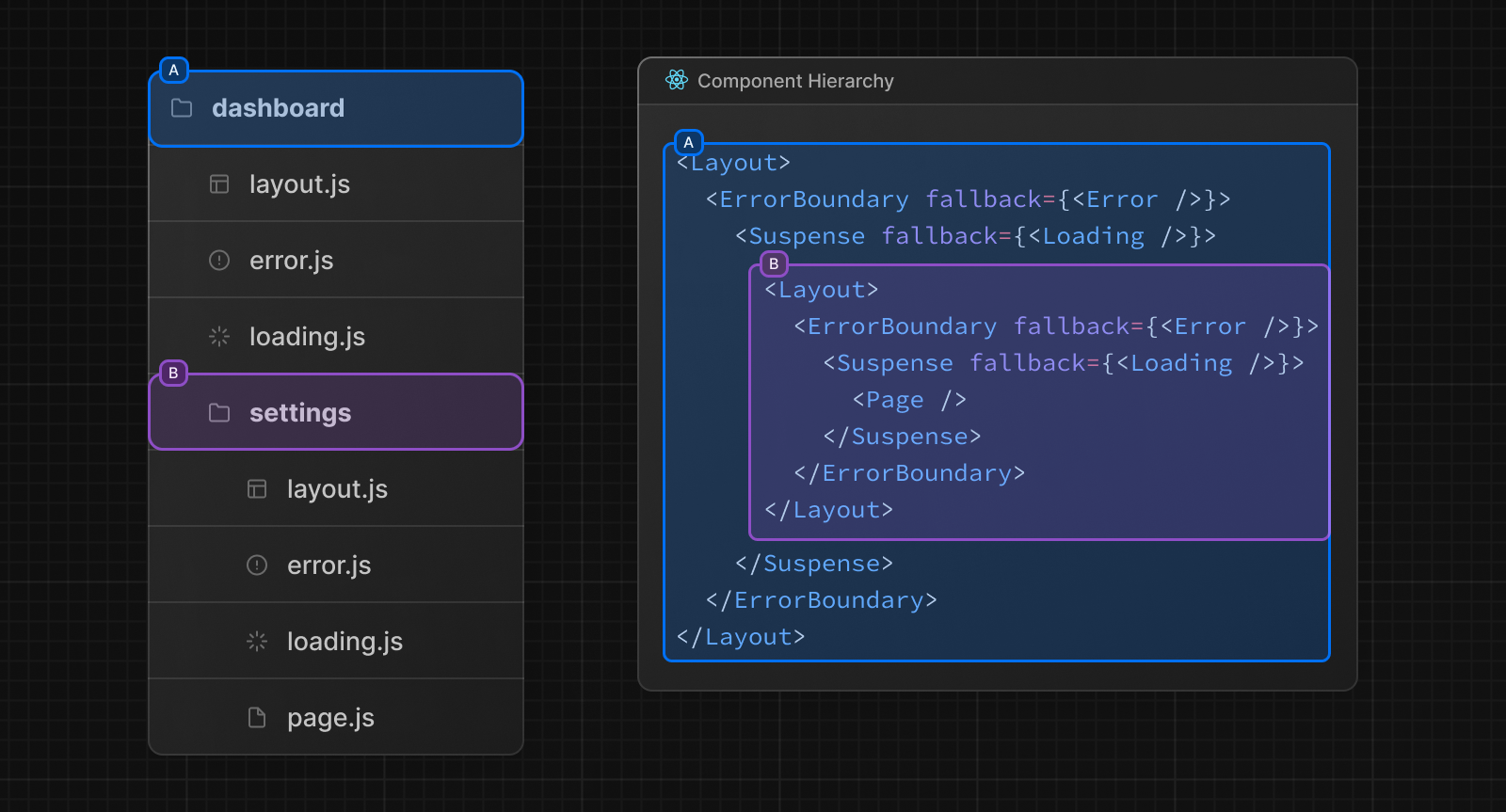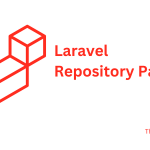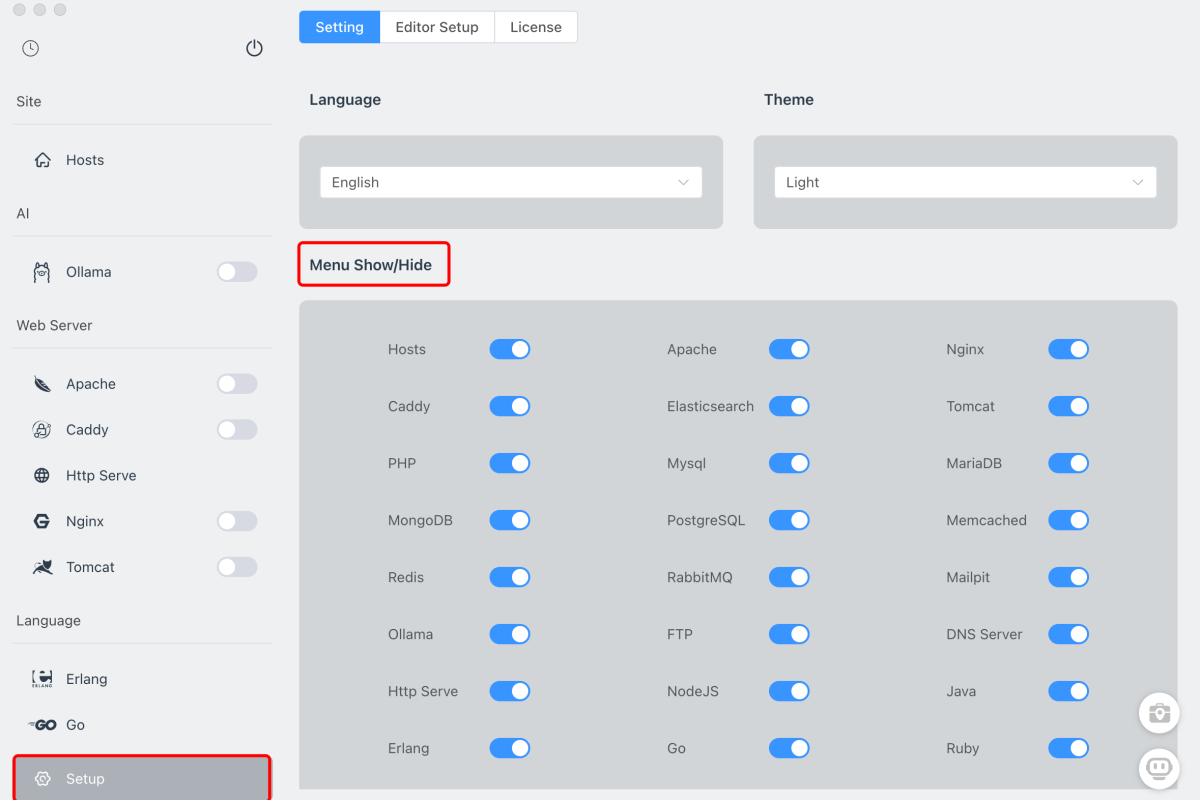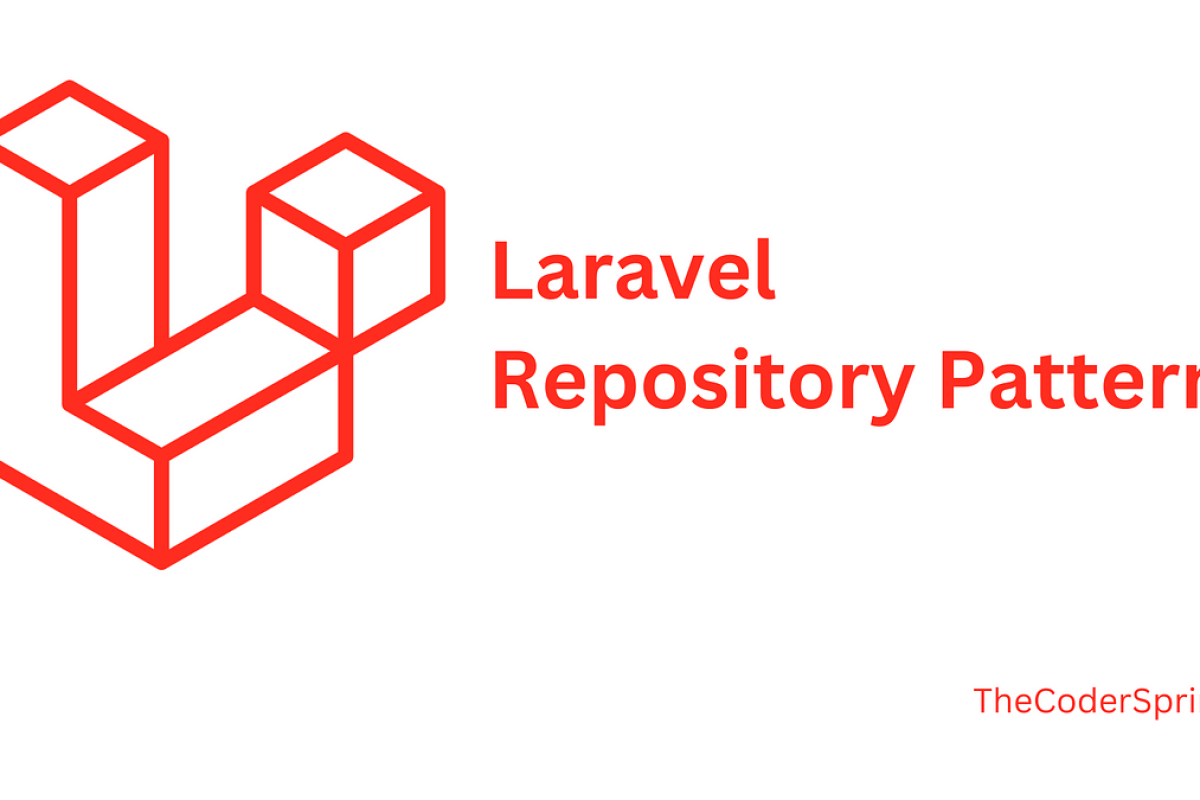Explore the world of web development through tutorials, best practices, and hands-on examples. Dive into frameworks, design principles, and coding challenges to level up your skills.

Table of contents [Show]
Unlocking Next.js: Supercharge Your React Apps with SSR and SSG
Introduction
Next.js has emerged as a game-changer for React developers, offering powerful features like server-side rendering (SSR), static site generation (SSG), and seamless API integration. In this guide, we’ll explore how Next.js simplifies building fast, SEO-friendly web applications while maintaining React’s flexibility.
Why Next.js?
Next.js extends React by solving common pain points:
- Automatic code splitting for faster page loads
- Built-in routing with a file-based system
- Hybrid rendering (SSR and SSG) out of the box
Core Features of Next.js
1. File-Based Routing
Create routes by simply adding files to the /pages directory:
// pages/about.js
export default function About() {
return <h1>About Us</h1>;
}Visiting /about automatically renders this component!
2. Server-Side Rendering (SSR)
Use getServerSideProps to fetch data at request time:
export async function getServerSideProps() {
const res = await fetch('https://api.example.com/data');
const data = await res.json();
return { props: { data } };
}
export default function Page({ data }) {
return <div>{data.message}</div>;
}3. Static Site Generation (SSG)
Pre-render pages at build time with getStaticProps:
export async function getStaticProps() {
const posts = await fetch('https://api.example.com/posts');
return { props: { posts } };
}
function Blog({ posts }) {
return (
<ul>
{posts.map(post => (
<li key={post.id}>{post.title}</li>
))}
</ul>
);
}Building a Dynamic Blog with Next.js
Let’s create a blog with SSG and dynamic routes:
// pages/posts/[slug].js
export async function getStaticPaths() {
const posts = await fetch('https://api.example.com/posts');
const paths = posts.map(post => ({
params: { slug: post.slug }
}));
return { paths, fallback: false };
}
export async function getStaticProps({ params }) {
const post = await fetch(`https://api.example.com/posts/${params.slug}`);
return { props: { post } };
}
export default function PostPage({ post }) {
return (
<article>
<h1>{post.title}</h1>
<p>{post.content}</p>
</article>
);
}API Routes in Next.js
Create backend endpoints within your project using /pages/api:
// pages/api/hello.js
export default function handler(req, res) {
res.status(200).json({ message: 'Hello from Next.js API!' });
}Access it at /api/hello!
Conclusion
Next.js bridges the gap between React’s client-side capabilities and production-ready requirements like SEO and performance. By leveraging SSR, SSG, and intuitive routing, you can build blazing-fast applications that delight users and search engines alike. Ready to take your React apps to the next level? Dive into Next.js today!





